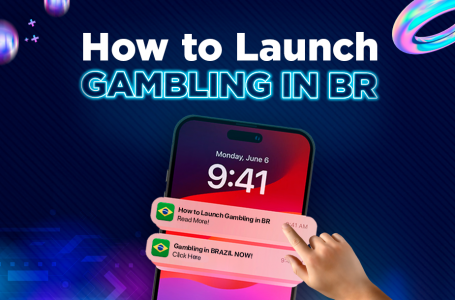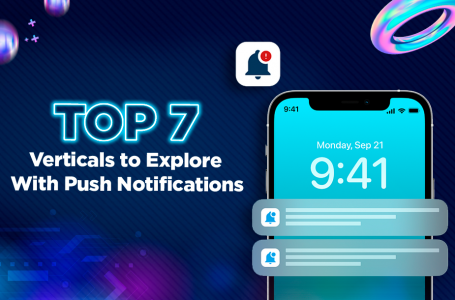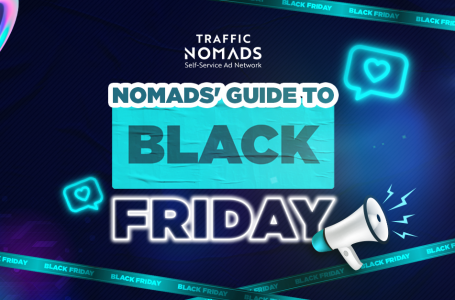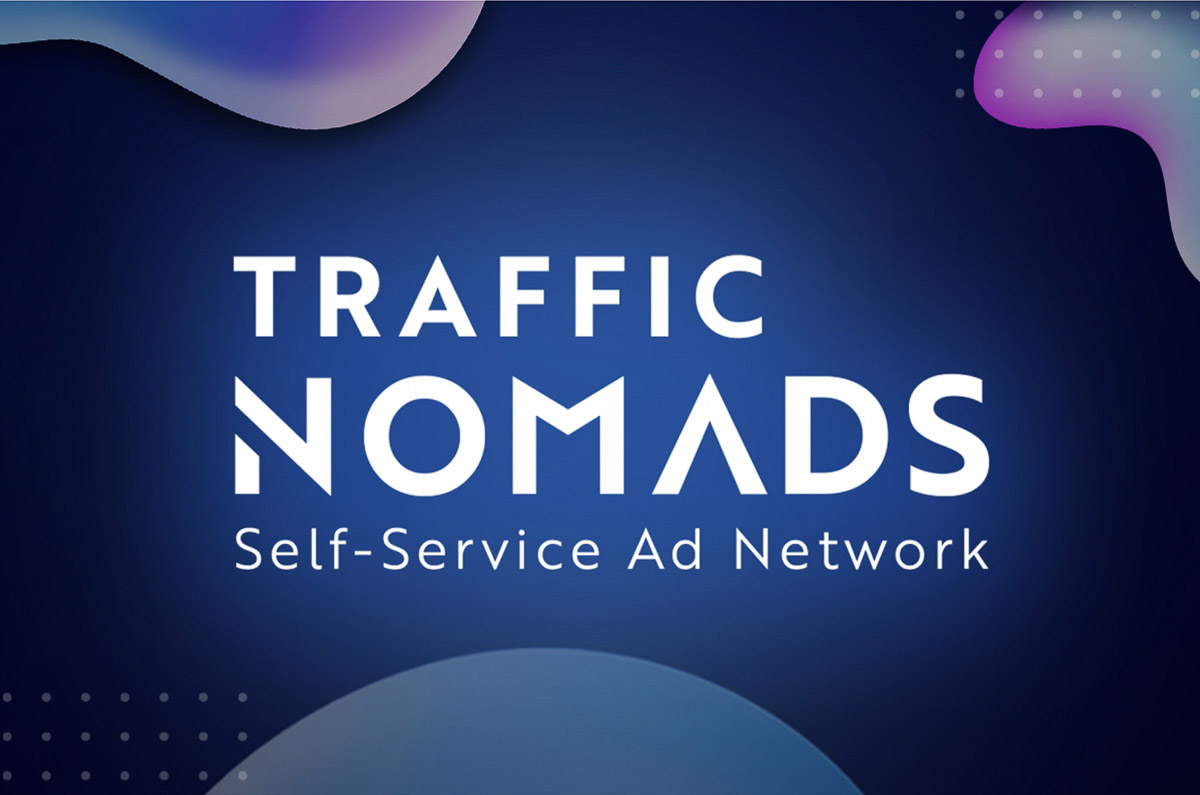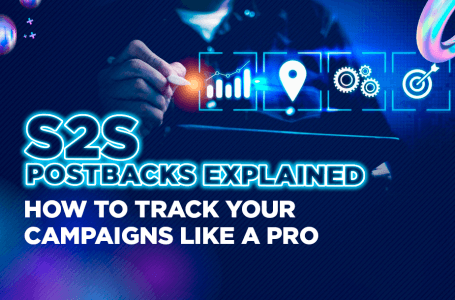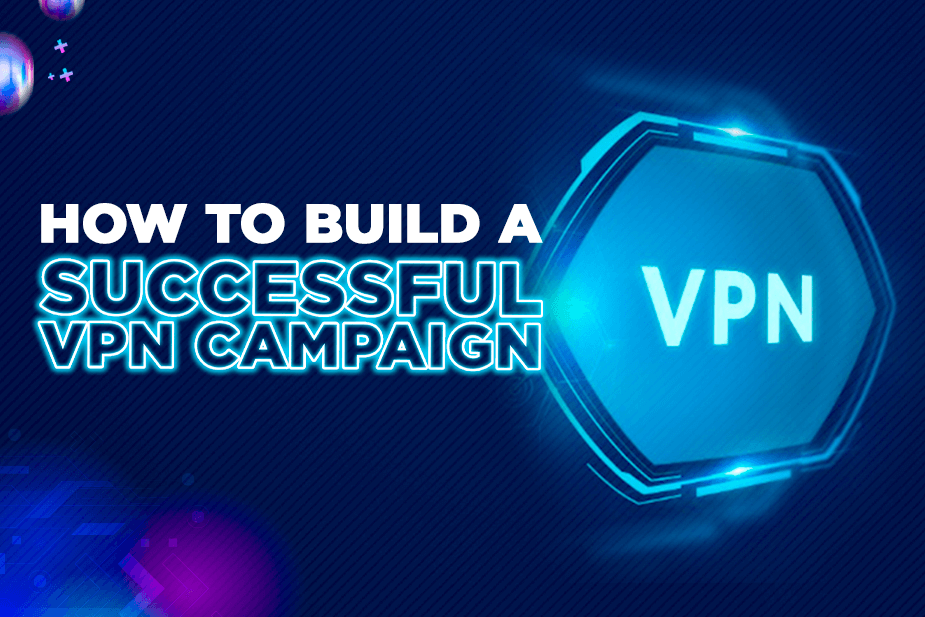
Virtual Private Networks (VPNs) have become key tools for both individuals and businesses to protect their online privacy and security. As more companies offer VPN services, it’s important to create smart and effective ad campaigns to stand out in a crowded market.
This guide will break down the steps needed to build a successful VPN ad campaign on ad networks. From choosing the right ad network to fine-tuning your ads, we’ll explore everything you need to know to improve your campaign and get the best return on investment (ROI).
Understanding Your Target Audience
A strong VPN campaign begins with a clear understanding of who your audience is. Knowing their needs, interests, and concerns will help you craft messages and ads that speak directly to them.
Some VPN users are tech-savvy and understand the value of online security, while others may be less familiar with how VPNs work. Understanding these differences helps you create content that appeals to both experienced users and beginners.
It’s also helpful to know what drives your audience to use a VPN. Are they mainly concerned about privacy, or do they want to access blocked content or bypass restrictions? Understanding these motivations will allow you to tailor your ads to fit their needs.
Demographic details like age, location, and gender also play a role. Younger audiences might use VPNs for gaming or streaming, while older users might prioritize protecting their personal information. Customizing your ads based on these insights can lead to better results.
Choosing the Right Ad Network
Selecting the best ad network for your VPN campaign is essential for success. Different networks offer unique tools, features, and audiences, so choosing the one that aligns with your goals and target audience is key.
Some networks provide broad reach and advanced targeting. However, you can also explore specialized ad networks that focus on VPN users or the privacy industry. Look for networks with a large audience and good targeting options to ensure your ads reach the right people.
Also, consider the types of ads the network supports. For VPN campaigns, formats like Push Notifications, Banner Ads or Native Ads work well, as they allow you to showcase your VPN’s features in a visually appealing way.
Lastly, choose a network that provides strong analytics and tracking tools. These will help you monitor the performance of your ads and make adjustments for better results.
Creating Engaging Ads for VPN Campaigns
To capture your audience’s attention, your ads must be visually appealing and clearly communicate the benefits of using your VPN service.
Start by using high-quality visuals, whether images or videos, that showcase your VPN’s features. For example, an image of a secure internet connection or a video demonstrating how the VPN protects user privacy can be effective. Be sure that your visuals are aligned with your brand and create a sense of trust.
Next, focus on writing short, powerful ad copy. Keep it simple and highlight how your VPN solves common problems, such as preventing data theft or unlocking restricted content. Use clear calls-to-action (CTAs), like “Try for Free” or “Download Now,” to guide users towards taking the next step.
Adding social proof, like customer reviews or ratings, can also make your ads more convincing. Seeing positive feedback from other users helps build trust and encourages potential customers to take action.
Optimizing for Maximum Results
Even after launching your campaign, the work doesn’t stop. Continuously optimizing your campaign is key to long-term success.
Regularly review your ad performance and make adjustments based on data. For example, if one ad performs better with a specific audience, consider shifting more of your budget towards that group. Similarly, if certain visuals or copy get more clicks, refine your other ads to follow that style.
A/B testing is a great way to compare different versions of ads and determine what works best. You can test different headlines, images, or CTAs to see which combination brings the highest engagement.
Keep an eye on metrics like click-through rate (CTR), conversion rate, and cost per acquisition (CPA). This data will show you how well your ads are performing and help you make informed decisions about where to improve.
Common Challenges in VPN Campaigns (and How to Overcome Them)
Running a VPN campaign comes with its own set of challenges. One major challenge is the high competition in the VPN market. To stand out, focus on highlighting what makes your service unique, such as faster speeds, stronger security, or better customer support.
Another challenge is addressing users’ concerns about privacy. Many people are hesitant to trust VPN providers with their personal data. Be transparent about how your VPN protects user information, and emphasize security in your ads.
Finally, staying up-to-date with changes in online regulations and ad platform policies is crucial. Privacy laws and ad platform rules are constantly evolving, so make sure to stay informed and adapt your strategies accordingly.
Conclusion
To create a successful VPN ad campaign, you need a good plan, know who your audience is, and keep testing everything, do not take anything by assumption and be aware the market is constantly changing and you must adapt to it. Pick the right ad network, make ads that grab attention, and regularly adjust your campaign to get the best results and stand out from the competition.












